At ASNP’s recent Annual Meeting, ASNP member Melanie Marmion from Portland, Oregon, provided perhaps the clearest explanation of retirement plans and special needs trusts that several very experienced planners had ever heard.
She started by reviewing the rules on taking required minimum distributions (RMDs) from inherited IRAs, which depend on whether there’s a designated beneficiary and whether the decedent passed away before or after her required beginning date – April 1st of the year after she turns 70 ½. If there is a designated beneficiary, distributions may be taken based on the beneficiary’s life expectancy, no matter the decedent’s age when she died. However, if there is no designated beneficiary, the minimum distributions either will continue based on the decedent’s age or must occur within five years.
The questions for retirement plans paid to trusts are whether the trusts will be treated as designated beneficiaries and, if so, whose age will be used in determining the RMDs.
To review, for a trust to qualify as a designated beneficiary, it must meet the following basic requirements:
1. It must be valid under state law.
2. It must be irrevocable.
3. A copy must be submitted to the retirement plan.
4. All trust beneficiaries must be identifiable in order to determine the oldest beneficiary.
5. All trust beneficiaries must be individuals.
These facts must all exist as of October 31st of the year after the year of death. Sometimes executors or trustees can take steps to make sure that the facts on the ground by that date meet these requirements, even if they don’t on the date of death.
The most difficult issue is usually identifying all of the potential beneficiaries and determining who is the oldest. The easiest way to do this is through a so-called conduit trust that requires that the RMDs be distributed to the primary beneficiary. However, this doesn’t work for special needs trusts because the distributions would destroy eligibility for public benefits and could be inadvisable for other reasons.
The alternative is a so-called accumulation trust, which permits RMDs to be held by the trust. But it is very important to follow the chain of who will receive funds upon the death of the primary beneficiary. Powers of appointment, for instance, can mean that not all of the beneficiaries can be identified. Funds potentially going to a charity can mean that the trust does not meet the requirement that all of the beneficiaries are identifiable. A provision in the trust saying that funds will be held for the benefit of a minor can be problematic depending on what the trust says will happen to the trust funds if the minor dies before distribution. For instance, don’t let them have the ability to adopt descendants older than they are.
In some cases, the client’s wishes or needs are such that it’s impossible to meet the accumulation trust requirements, in which case RMDs will be subject to the five-year or decedent’s life expectancy rules.
Drafting Tips
Marmion provided the following drafting tips:
1. Include a retirement benefits section in the trust that defines retirement benefits, retirement accounts and RMDs.
2. State explicitly that the trust is irrevocable (or will become irrevocable at the grantor’s death) and that it is valid under state law.
3. Prohibit the use of retirement funds to pay taxes, debts, and estate expenses.
4. Exclude older adoptees.
5. Exclude or limit powers of appointment.
Be very careful about beneficiary designation forms. The trust must be named as the beneficiary. The funds cannot come through the estate and it can be complicated if they come through a revocable trust.
Alternative Estate Planning Ideas
1. Charitable remainder trusts. Clients who are intent on giving money to charities can make a charitable remainder trust the beneficiary, with the special needs trust being the beneficiary of the charitable trust. Since the charity is tax exempt, it can liquidate the IRA without paying taxes. However, the unitrust distributions to the special needs trust will be taxable. This is complicated and only makes sense where there’s a significant retirement plan and a wish to make a large charitable gift.
2. Allocate non-retirement assets to the SNT. Where the clients have more than one child, they may allocate non-retirement assets to the SNT and retirement assets to the other children. The problem with this approach is that it’s very difficult to make the amounts equal among the children. It’s possible to do so to some extent if the clients have more non-retirement than retirement assets, since the plan can start by distributing to the SNT an amount equal to the retirement plans and then dividing the balance equally.
Finally, Marmion advised: Make sure that we charge a premium for this kind of planning – it’s difficult.


